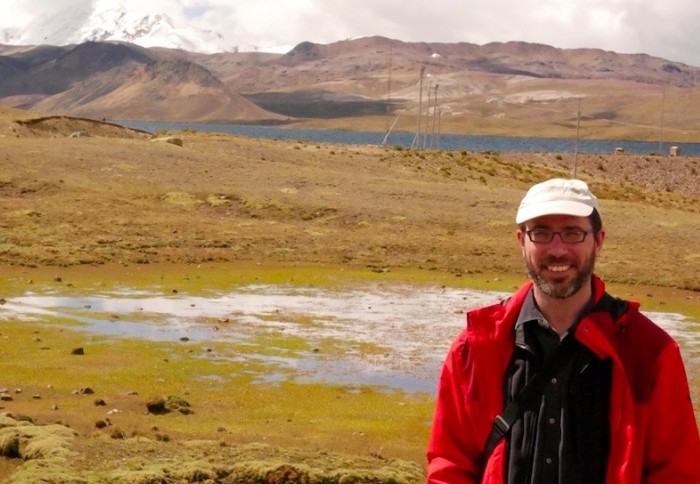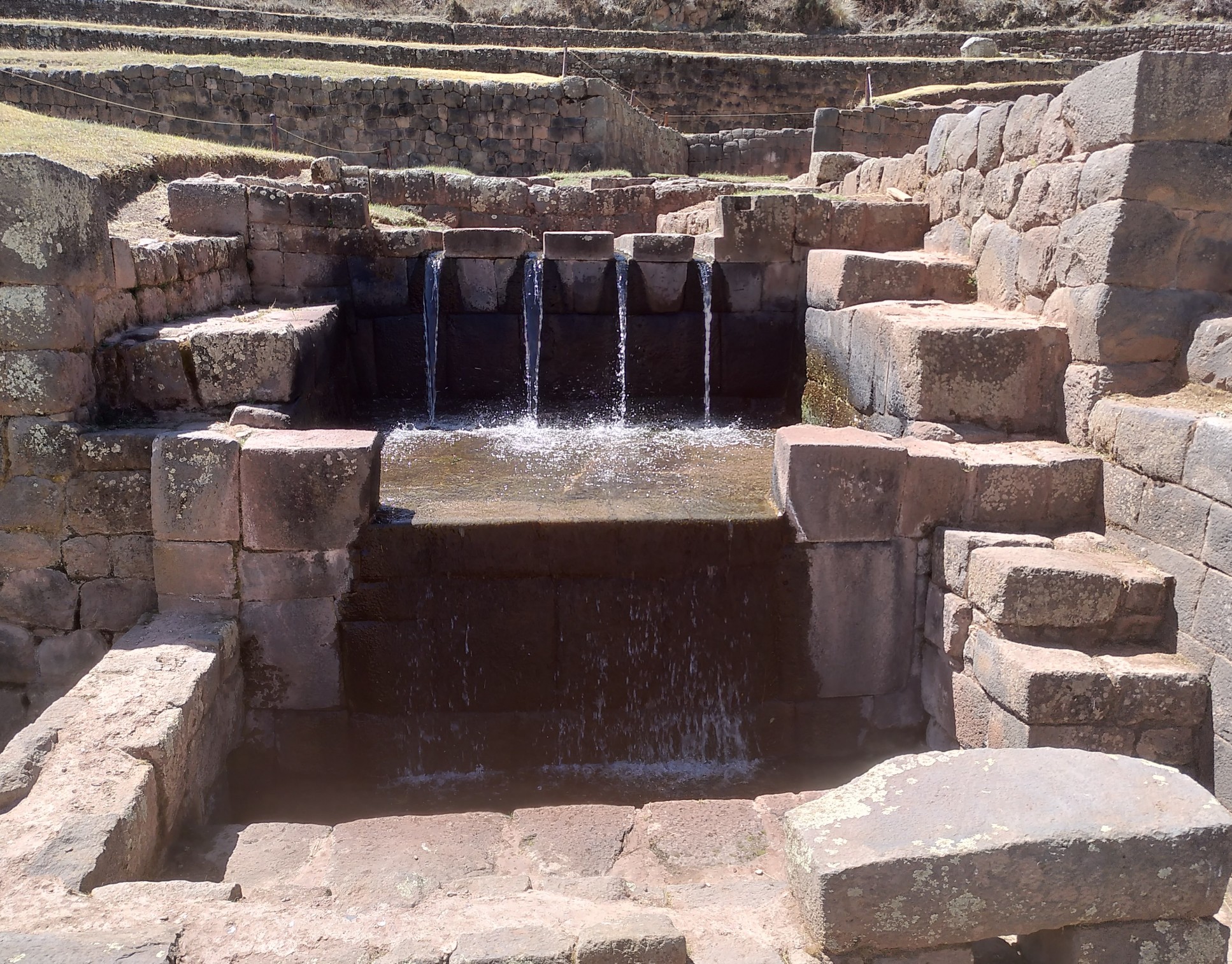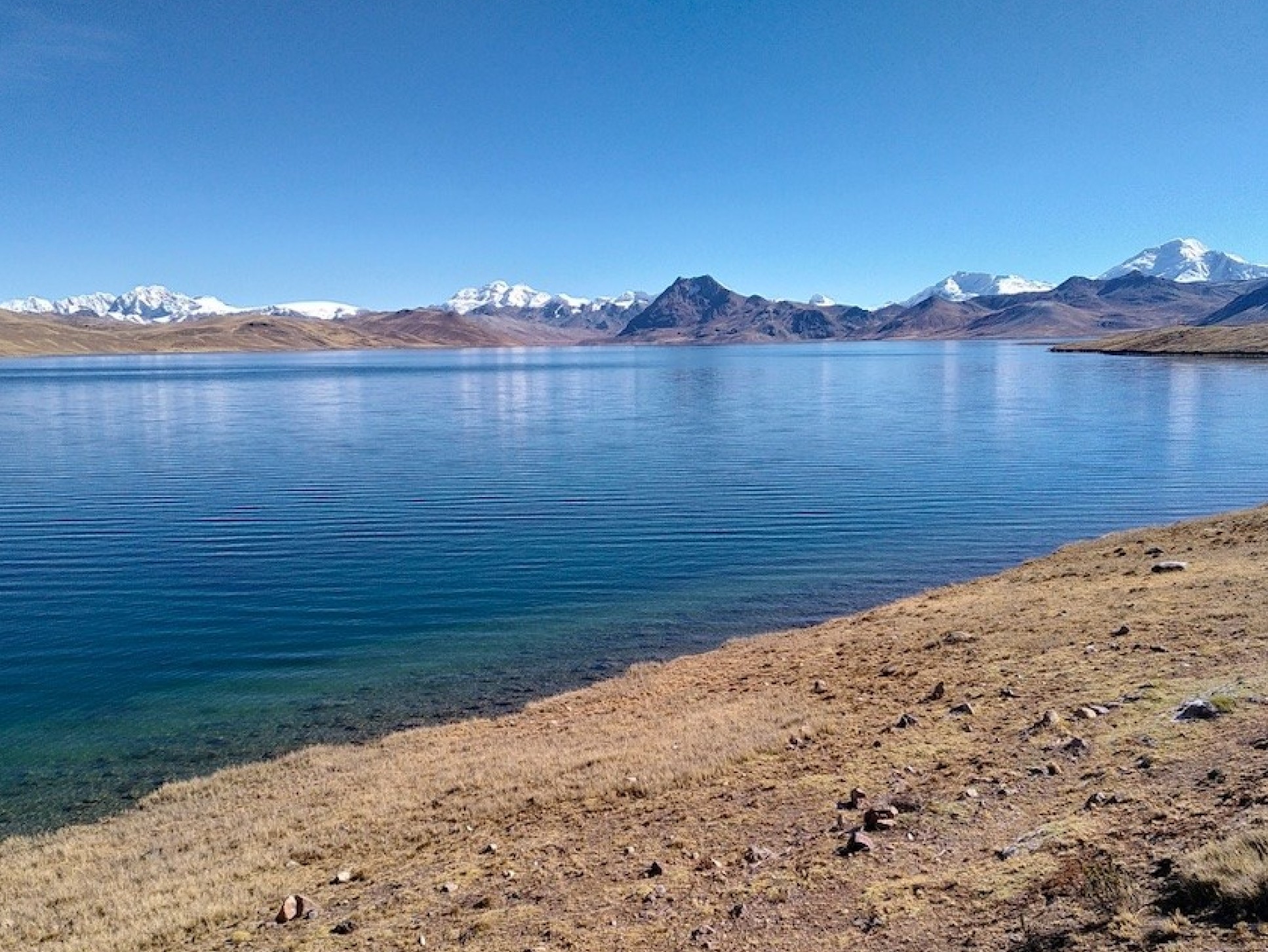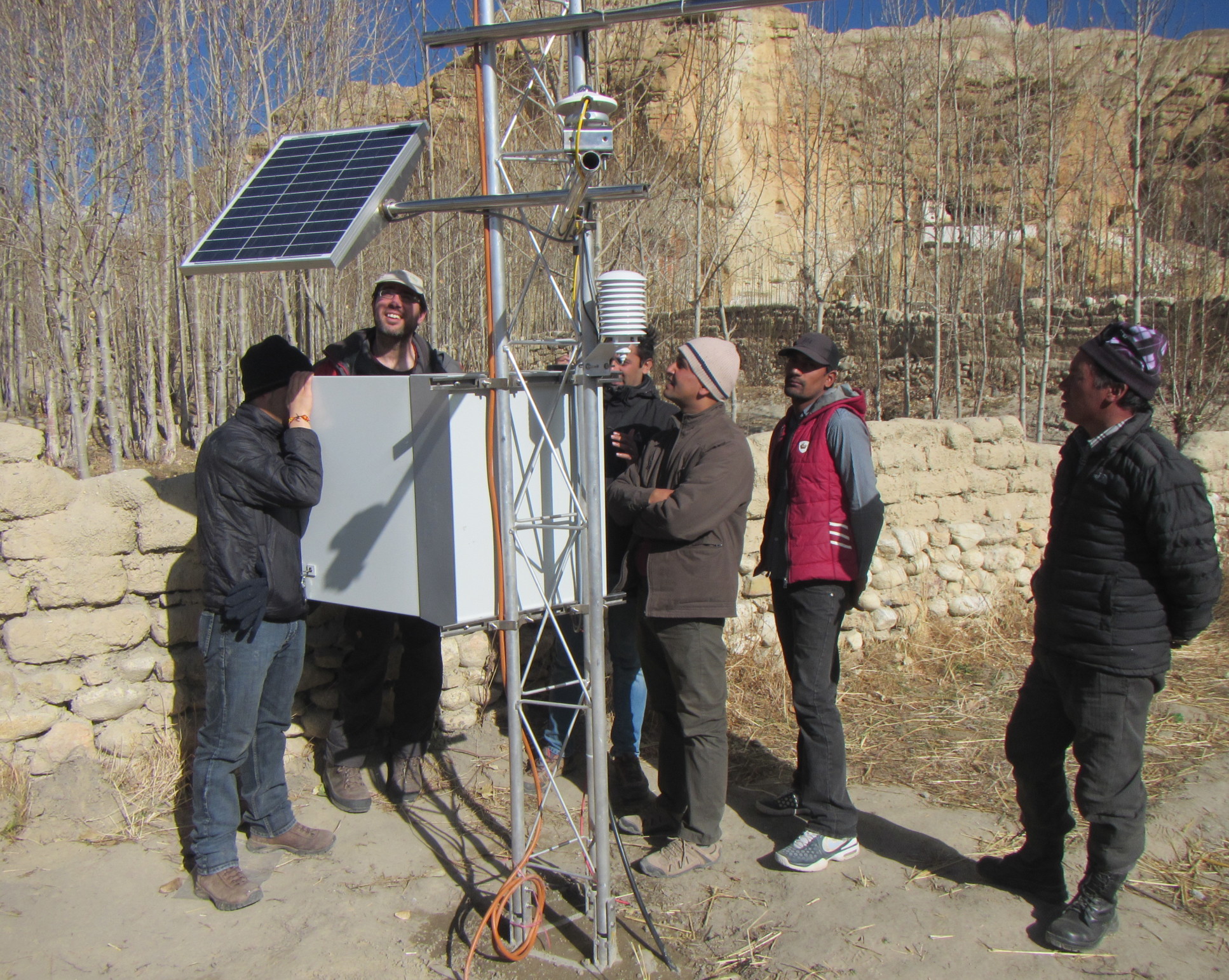Water – our most precious resource?

Prof. Buytaert on fieldwork in the Peruvian Vilcanota basin
Droughts and floods will become more extreme if we don’t act on climate change, says Professor Wouter Buytaert.
Too much, or too little water, is increasingly having devastating impacts on communities around the world.
Currently, the Horn of Africa is experiencing an unprecedented drought, with 21 million people going hungry due to failed crops, according to the UN.
Meanwhile, Pakistan is still grappling with the worst floods in history, in which a third of the country was left under water, at an estimated cost of $40 billion.
Professor Wouter Buytaert, Professor of Hydrology and Water Resources in the Department of Civil and Environmental Engineering, tells us more about this precious resource.

What do you research?
I work on understanding the natural and physical processes that govern the water cycle, and how water passes through the landscape. As an engineer, I’m also interested in applying that knowledge to improve water management, water resources, and water related risks.
Where do you work around the world?
We work a lot on the local scale in places like the Peruvian Andes and the Himalayas in India and Nepal, where we see a very urgent need for more information and knowledge to manage the water cycle.
I really enjoy interacting with local people and communities, because I learn a lot from them. They often have ingenious solutions about how to divert water, and how to store it without building big infrastructure. We try to build on their knowledge.

How is climate change altering the water cycle?
Water is an essential resource, and we don’t want too little of it, or too much, so we aim for that sweet spot of having just the right amount.
Climate change is having a very big impact though – globally it is accelerating the water cycle and moving us towards extremes, resulting in bigger and longer droughts and floods. Such water-related hazards will become more severe and more frequent.
We’ve seen drought impacts here in the UK, but it’s minor compared to the unprecedented drought that East Africa is currently experiencing. Hundreds of thousands of people are affected and may die. Then there are the floods in Pakistan, where many people have lost their homes, land, and crops.

Is anything else affecting water availability?
Yes, at the local level, changes in land use such as deforestation have an impact because they increase the rate at which water moves through a landscape. Many of those changes reduce water availability and the soil’s capacity to store water. It also impacts water quality, by causing contamination.
What might water resources look like in 50 years’ time if we do nothing?
We would most likely see a substantial decrease in the quality and availability of water in many parts of the world – droughts will become more severe, and the quality of water will deteriorate, partly because temperatures will increase microbial activity and pathogens.
So in many places the quality and availability of water will seriously decrease. At the same time, we’ll also see an increase in water related hazards – what we’ve seen over the last few months in terms of droughts and floods, is a very clear indicator of what we’ll see more of.
What could be the impact on the human world?
Several places, where drought is becoming so severe, such as parts of Africa, may become uninhabitable. Often the places that are most challenging to live in – for example mountainous areas prone to hazards such as landslides – are where the poorest people live. They have the fewest resources to adapt to added pressures of climate change.

Has the world really woken up to water insecurity?
In some places people are acutely aware of the issue. Mountain environments are an example of where people are really confronted by extremes hazards, and the reduction of natural storage capacity, for example in glaciers and mountain wetlands. In other places, there is far less awareness of how water availability will be impacted by climate change.
There’s a lot we can do to reduce water scarcity. Water is a very precious resource – even when we’re not in drought conditions it’s always a good idea to use as little as possible.
Article text (excluding photos or graphics) © Imperial College London.
Photos and graphics subject to third party copyright used with permission or © Imperial College London.
Reporter
Jez Fredenburgh
The Grantham Institute for Climate Change